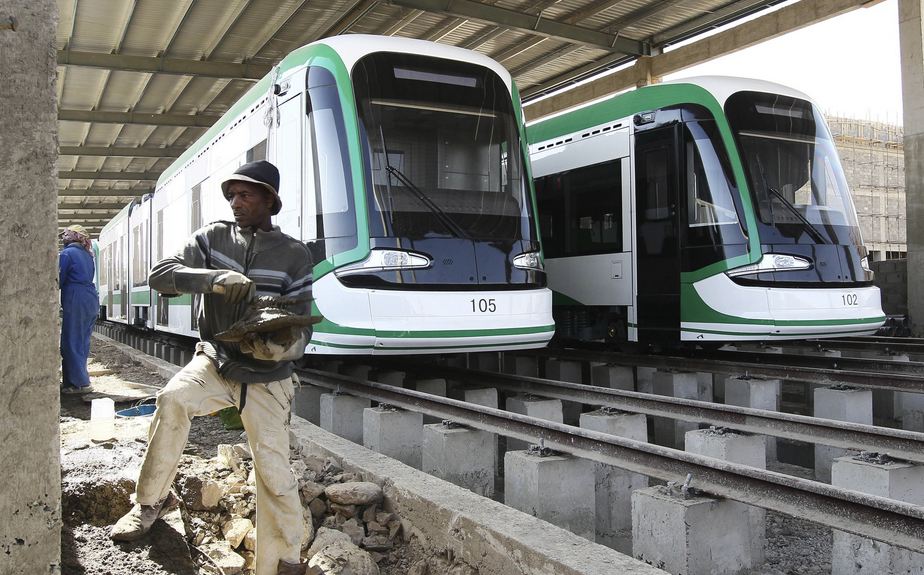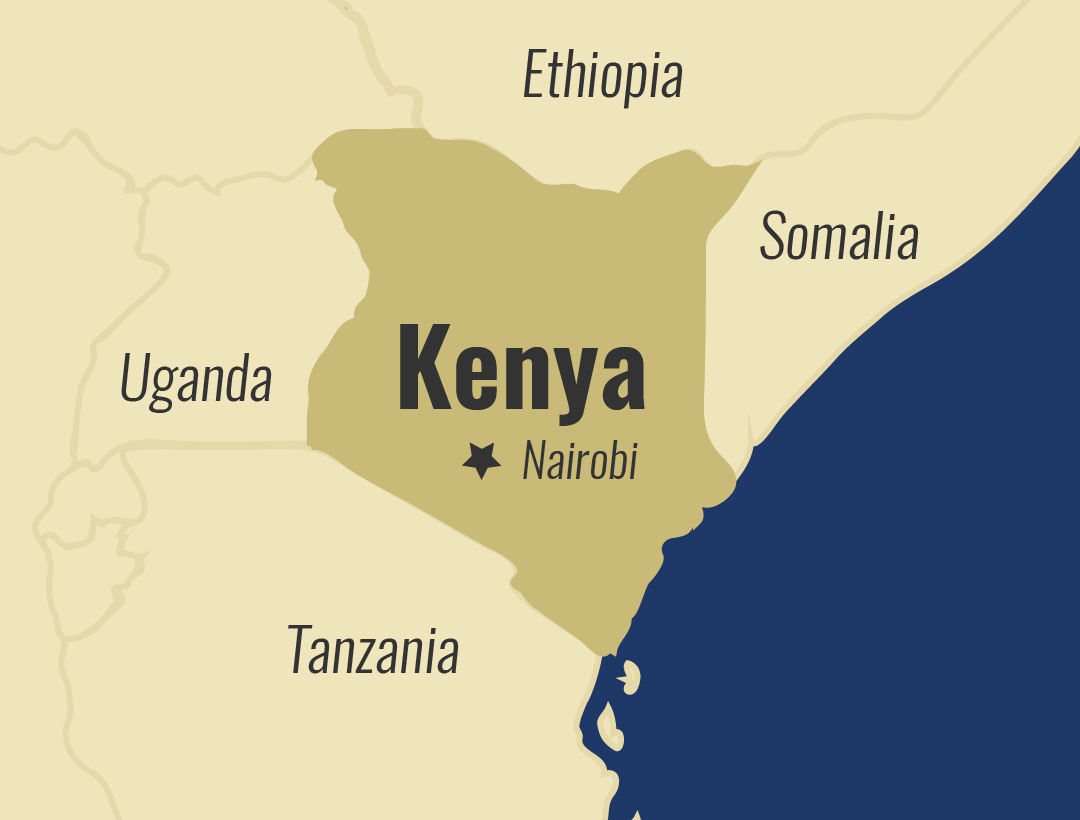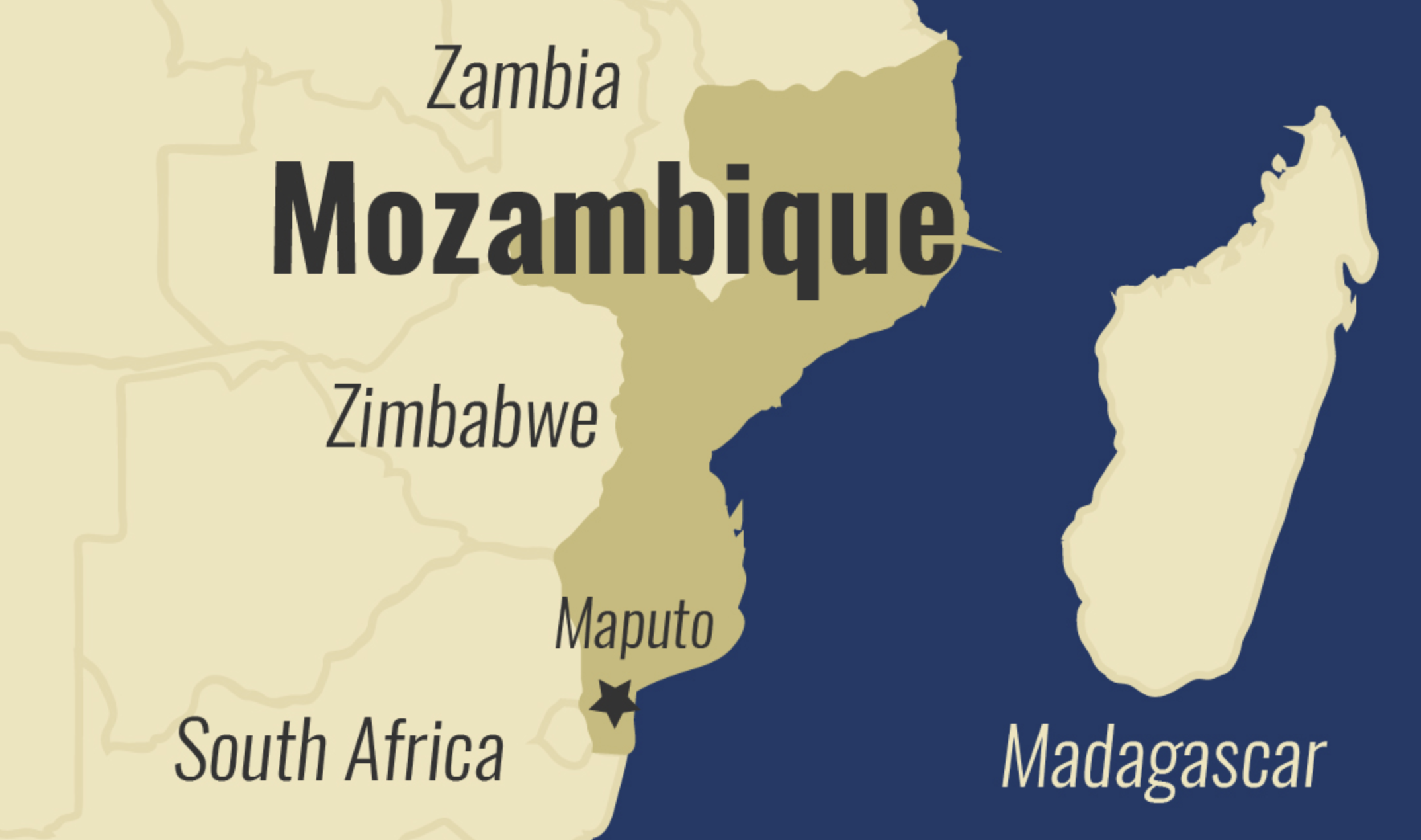
Ethiopia beats Kenya to become East Africa’s economic giant

Kenya has officially been toppled by neighboring Ethiopia as East Africa’s leading economic giant.
Figures by the International Monetary Fund (IMF) indicate that Ethiopia’s annual economic output (i.e. Gross Domestic Product (GDP)) for this year was expected to hit $78 billion from $72 billion recorded last year.
Kenya recorded a GDP of Sh7 trillion ($68.91 billion) last year compared to $63.62 billion in 2015 and is expected to touch $75 billion this year. Ethiopia’s growth since 2015 has been pegged at 10.8% which has helped put a significant gap between them and Kenya subsequently opening a gap of about $29 million over Kenya.
Having established its economic lead ahead of Kenya, Ethiopia is forecast to maintain its position as Eastern Africa’s largest economy over the medium term — a position that is also expected to improve its standing as an investment destination.
The country’s economic growth is hinged on public-led spending on infrastructure and a strong demand by locals.
‘‘Non-resource-intensive countries, such as Ivory Coast, Ethiopia, Kenya, and Senegal, generally continued to grow robustly, benefiting from strong domestic demand and high levels of public spending, though in some cases, growth eased from 2015,’‘ an IMF report released in April 2017 read.
Ethiopia’s large population, almost double that of Kenya, is also believed to be driving the economy.
Since 2015, Ethiopia’s economy has been on an upward trajectory after the government moved to modernize its roads, railway and power plants. An example is the Grand Ethiopia Renaissance Dam (GERD) which is on cue to become Africa’s hydroelectric dam upon its completion.
Ethiopia which is landlocked is also connected with Red Sea port nation of Djibouti via an electric railway which was launched in October 2016.
Huge profits have been realized in the area of power supply to neighbouring countries including Sudan and Djibouti. The country has also signed agreements with Tanzania and Kenya to supply power as generation capacity increases.




